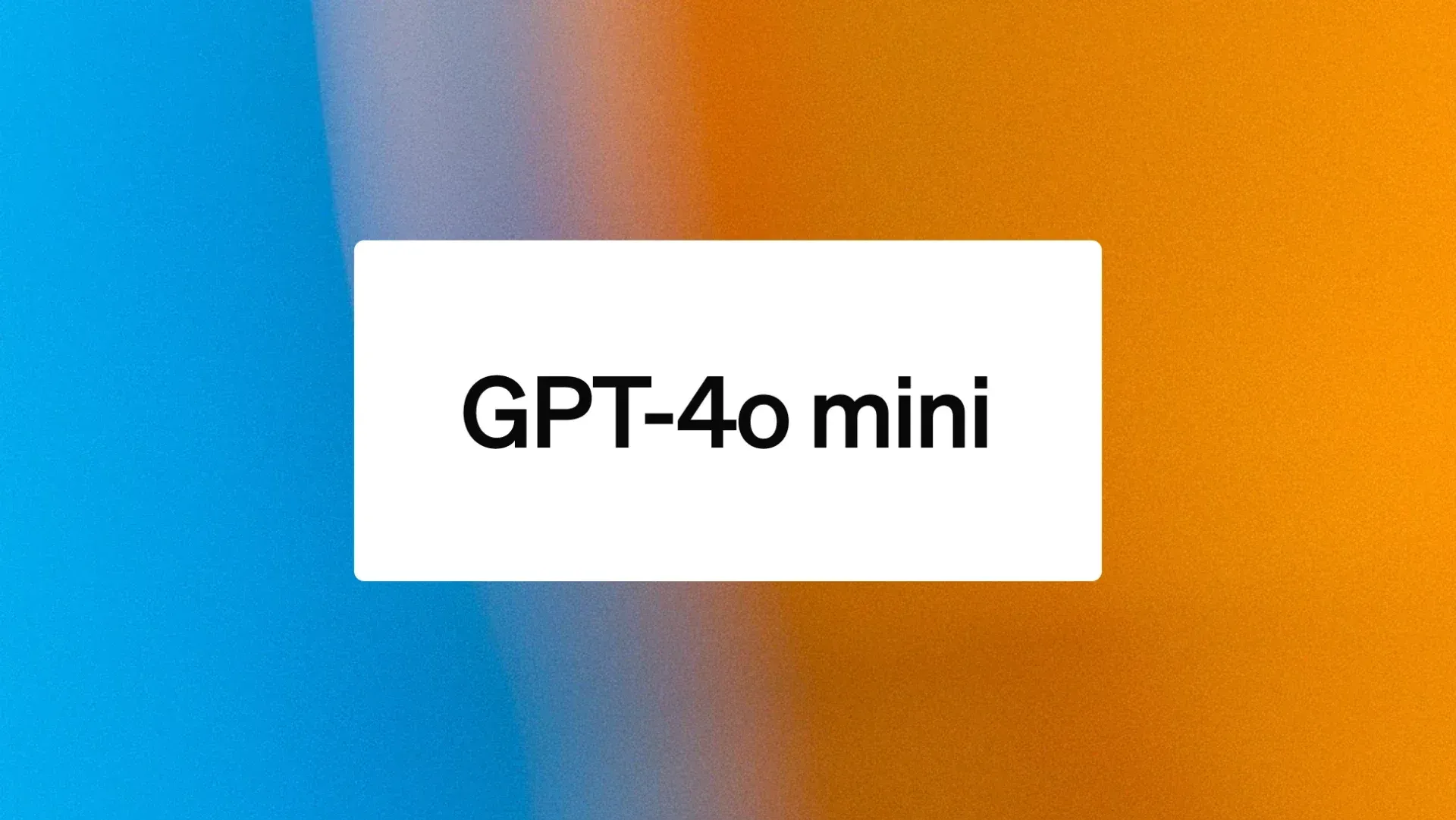GPT-4o Mini
OpenAI has launched the GPT-4o Mini, a new, cost-effective AI model designed to make artificial intelligence more accessible to developers and businesses. This new AI model is designed to be smaller, faster, and more affordable than its predecessors.
What is GPT-4o Mini?
The GPT-4o Mini is a smaller and cheaper version of OpenAI's previous models, specifically designed to outperform the GPT-3.5 Turbo. Priced at just 15 cents per million input tokens and 60 cents per million output tokens, it is over 60% cheaper than its predecessor. This pricing structure allows developers to integrate advanced AI capabilities into their applications without incurring high costs.
GPT-4o mini enables a broad range of tasks with its low cost and latency, such as applications that chain or parallelize multiple model calls (e.g., calling multiple APIs), pass a large volume of context to the model (e.g., full code base or conversation history), or interact with customers through fast, real-time text responses (e.g., customer support chatbots).
Open AI, in a blog post announced that;
Today, GPT-4o mini supports text and vision in the API, with support for text, image, video and audio inputs and outputs coming in the future. The model has a context window of 128K tokens, supports up to 16K output tokens per request, and has knowledge up to October 2023. Thanks to the improved tokenizer shared with GPT-4o, handling non-English text is now even more cost effective.
How Does GPT-4o Mini Work?
GPT-4o Mini works by learning from huge amounts of text data. It's like teaching a child to read by giving them thousands of books. The more it learns, the better it gets at understanding and generating text.
Performance and Capabilities
Despite its smaller size, GPT-4o Mini showcases impressive performance metrics. It scores 82% on the Massive Multitask Language Understanding (MMLU) benchmark, making it highly effective for tasks that require reasoning and understanding. It also excels in math and coding tasks, scoring 87% in mathematical reasoning and 87.2% on coding performance benchmarks like HumanEval. This performance positions it as a reliable tool for both academic and practical applications.
The model supports both text and vision inputs, with plans to expand to audio and video inputs in the future. It features a context window of 128K tokens, allowing it to handle large volumes of data and complex interactions efficiently. This makes it particularly suitable for applications like customer support chatbots, where quick and accurate responses are essential.




Post a Comment